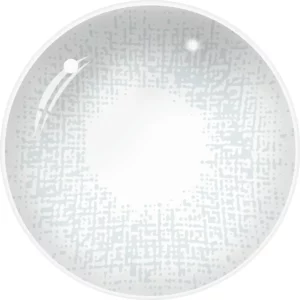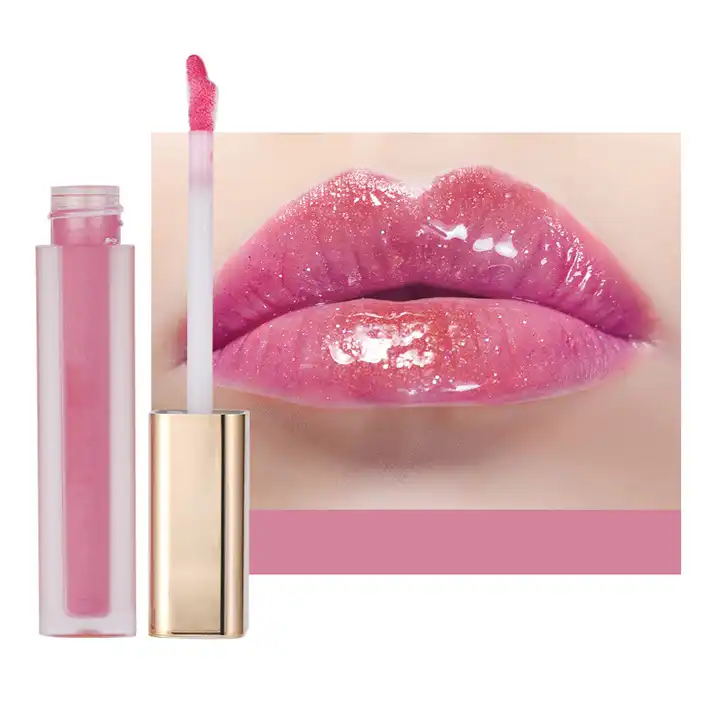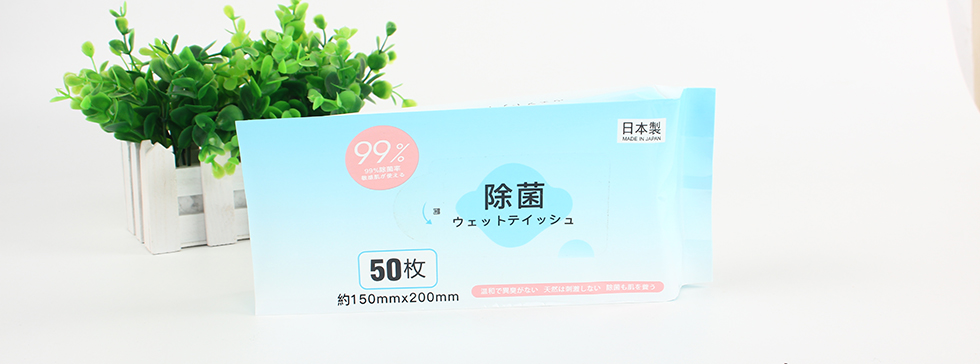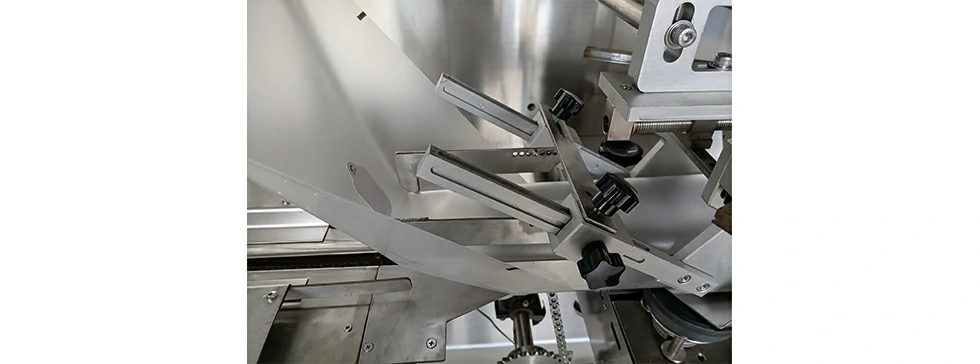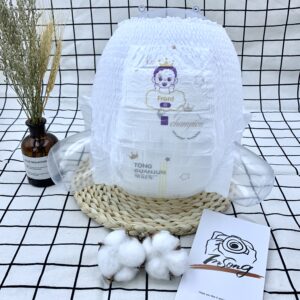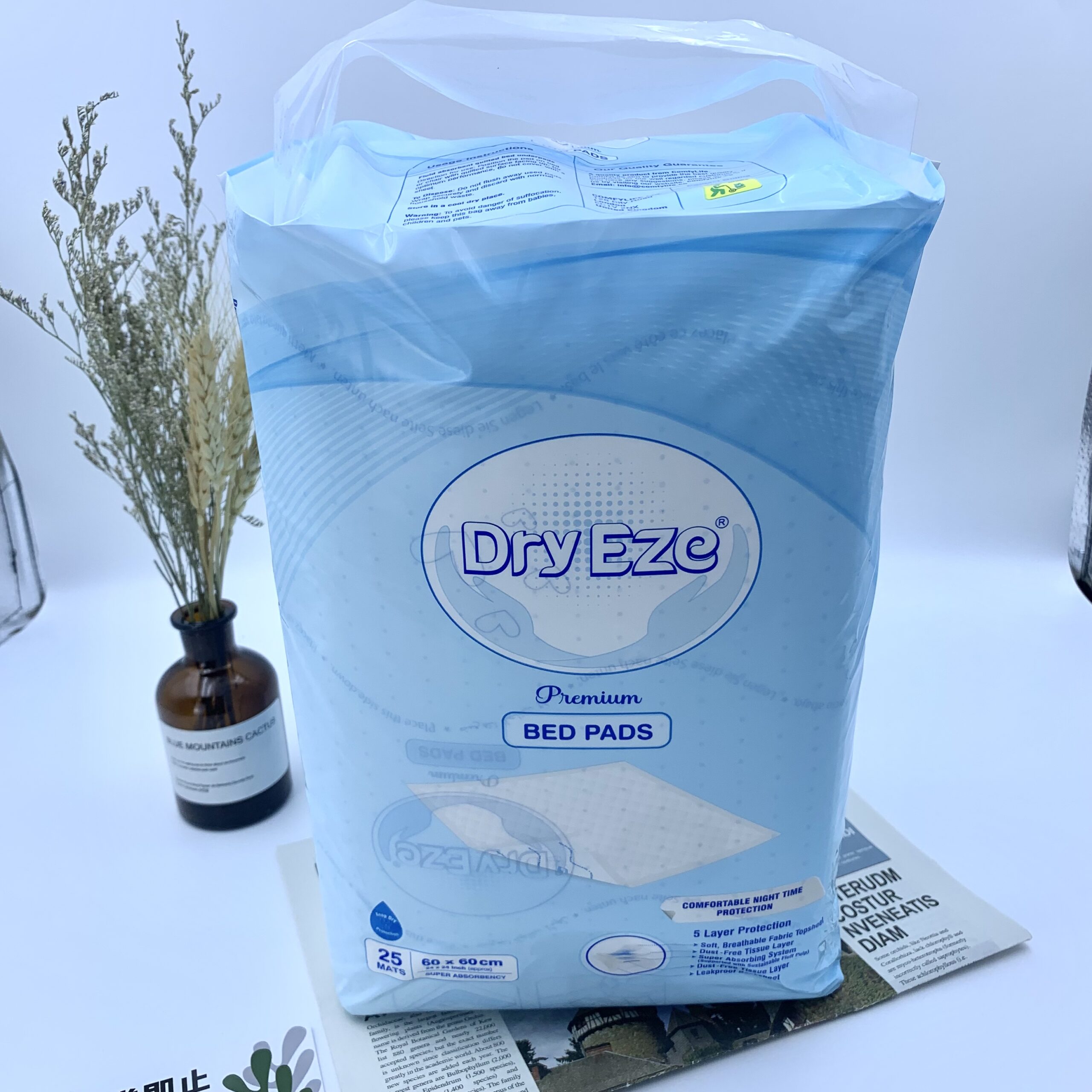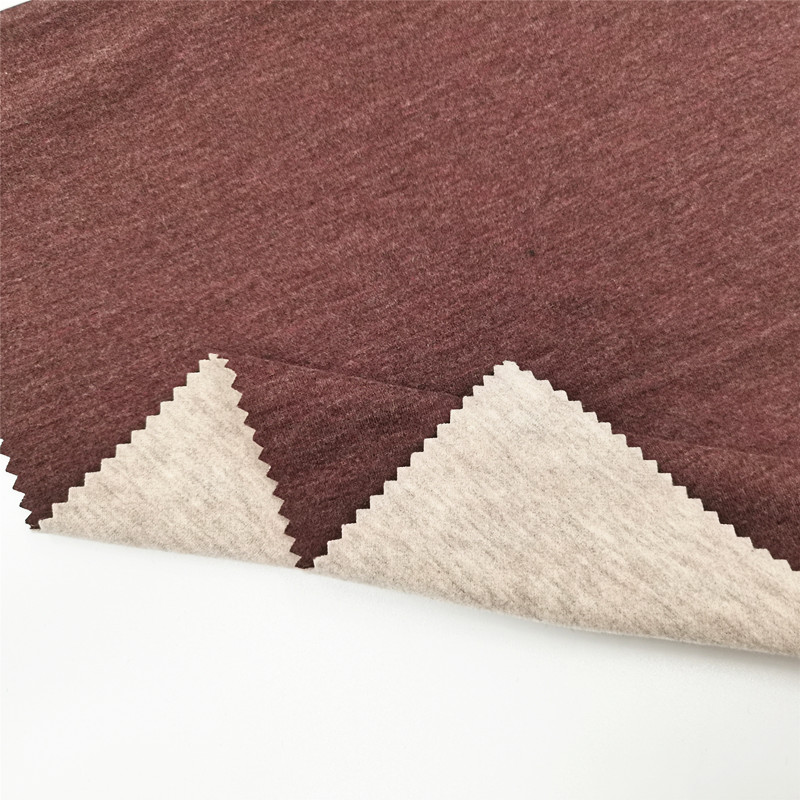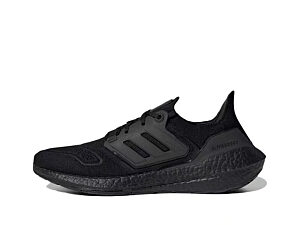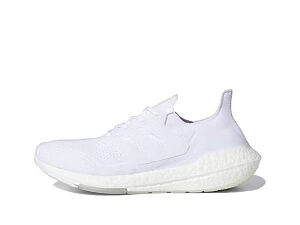The limitations of toric colored contact lenses include:
- Limited Availability: Toric colored contact lenses may not be as widely available as regular colored contact lenses or toric lenses without color options. This limited availability may restrict options for individuals with astigmatism who desire colored lenses.
- Limited Range of Prescription Powers: Toric colored contact lenses may have a limited range of prescription powers available, particularly for individuals with higher degrees of astigmatism. This limitation may make it challenging for some individuals to find toric colored lenses that meet their specific vision correction needs.
- Potential for Lens Rotation: Toric contact lenses are designed to stay in a specific orientation on the eye to correct astigmatism properly. However, toric colored contact lenses may have a higher risk of rotation compared to regular toric lenses due to the additional weight or thickness of the colored portion. Lens rotation can result in fluctuating vision and discomfort.
- Cost: Toric colored contact lenses may be more expensive than regular toric lenses or colored lenses without astigmatism correction. toric colored contact lenses The cost of toric colored lenses may be a limiting factor for some individuals, especially if insurance coverage does not include colored lenses or if they are not available in more affordable options.
- Limited Designs and Colors: The range of designs and colors available for toric colored contact lenses may be more limited compared to regular colored lenses. Individuals with astigmatism who desire a specific color or design may have fewer options to choose from, limiting their ability to achieve the desired aesthetic.
- Potential for Discomfort: Some individuals with astigmatism may experience discomfort or irritation when wearing toric contact lenses, including toric colored lenses. The irregular shape of the cornea associated with astigmatism can make it challenging for lenses to maintain proper alignment and fit, leading to discomfort during wear.
- Higher Maintenance Requirements: Toric colored contact lenses may require more frequent replacement or specialized care compared to regular colored lenses. Individuals with astigmatism may need to adhere to stricter wearing schedules and cleaning routines to ensure proper vision correction and eye health.
Overall, while toric colored contact lenses offer an option for individuals with astigmatism who desire colored lenses, they have certain limitations that may affect their availability, fit, comfort, and cost. It’s essential for individuals considering toric colored lenses to consult with an eye care professional to determine if they are a suitable option based on their specific vision correction needs and preferences.
